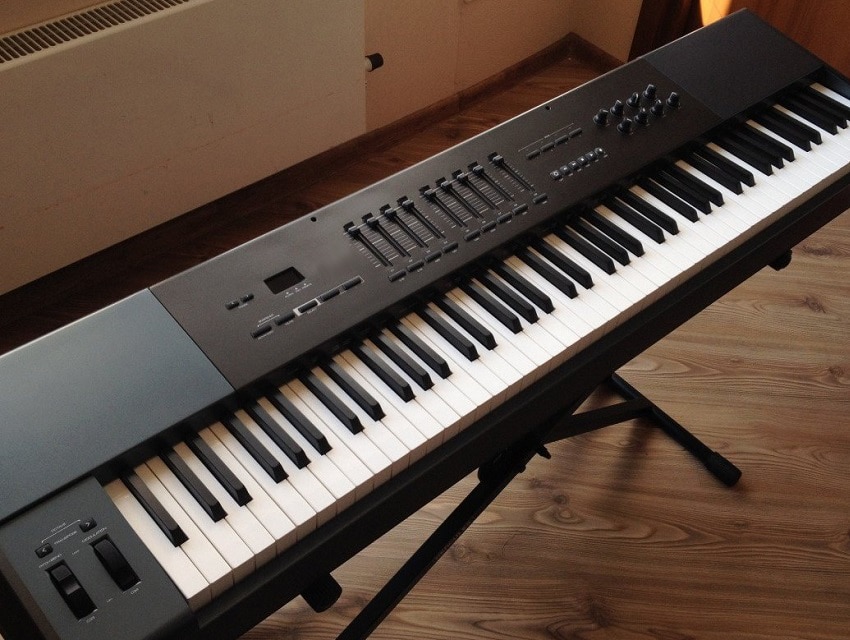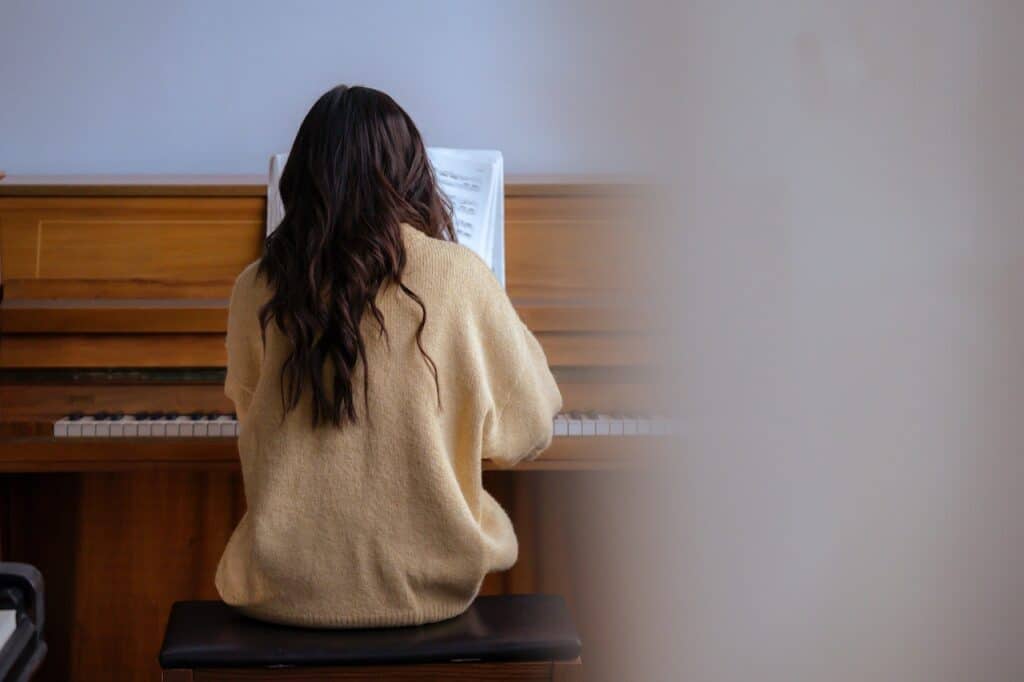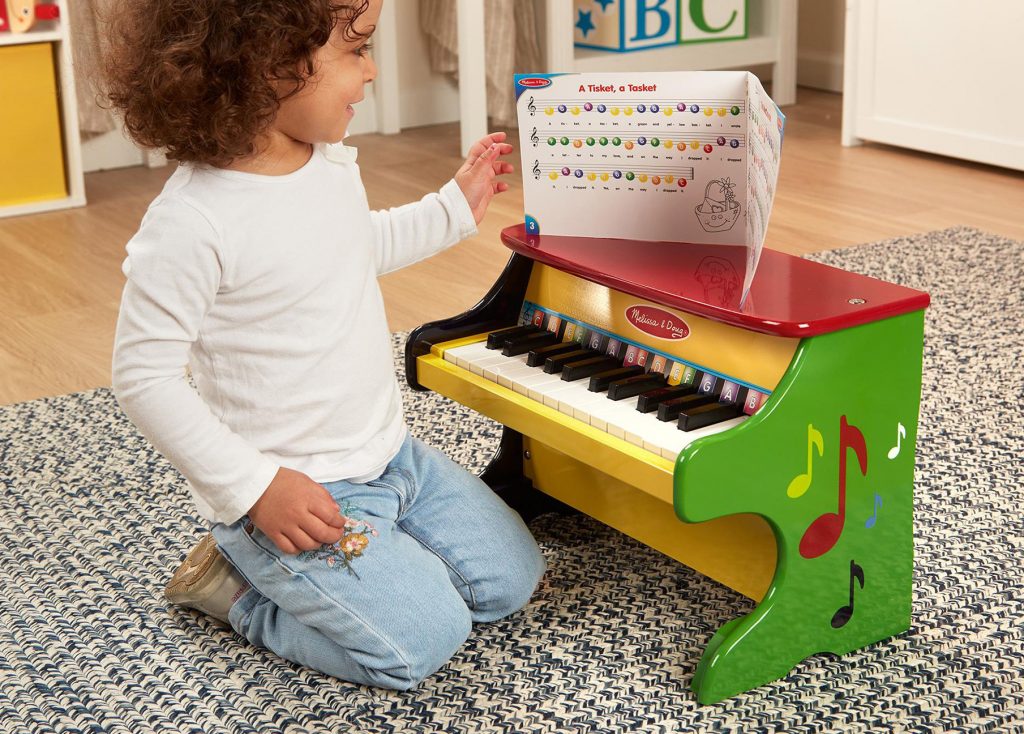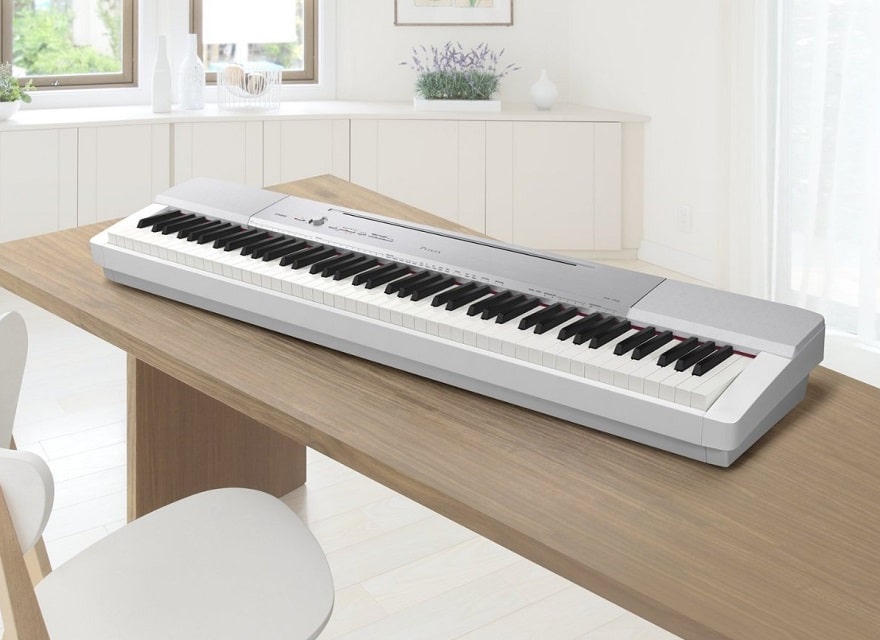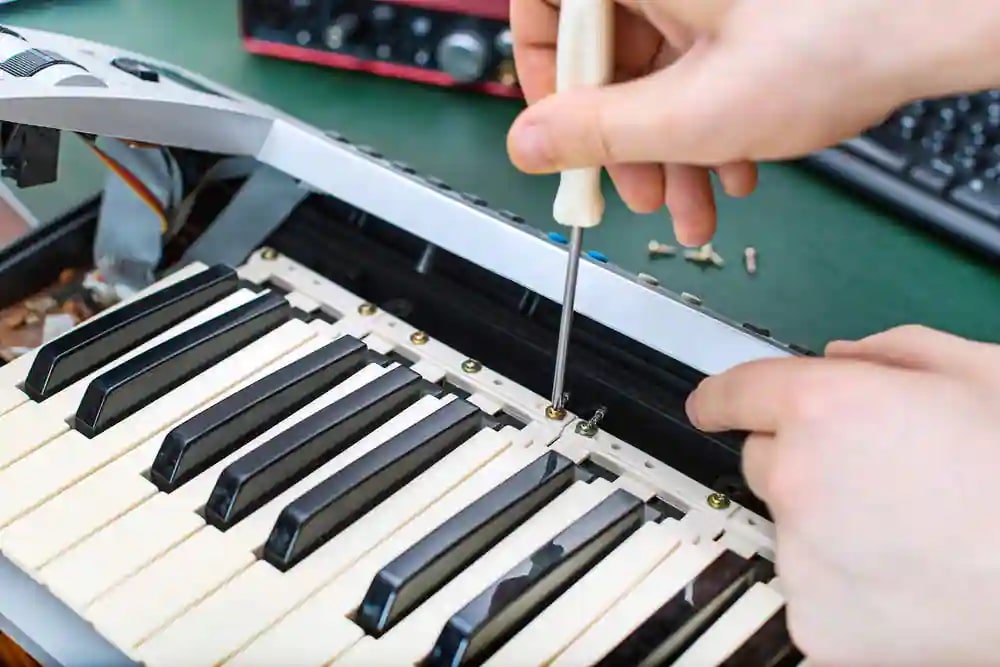Picking the best digital grand piano
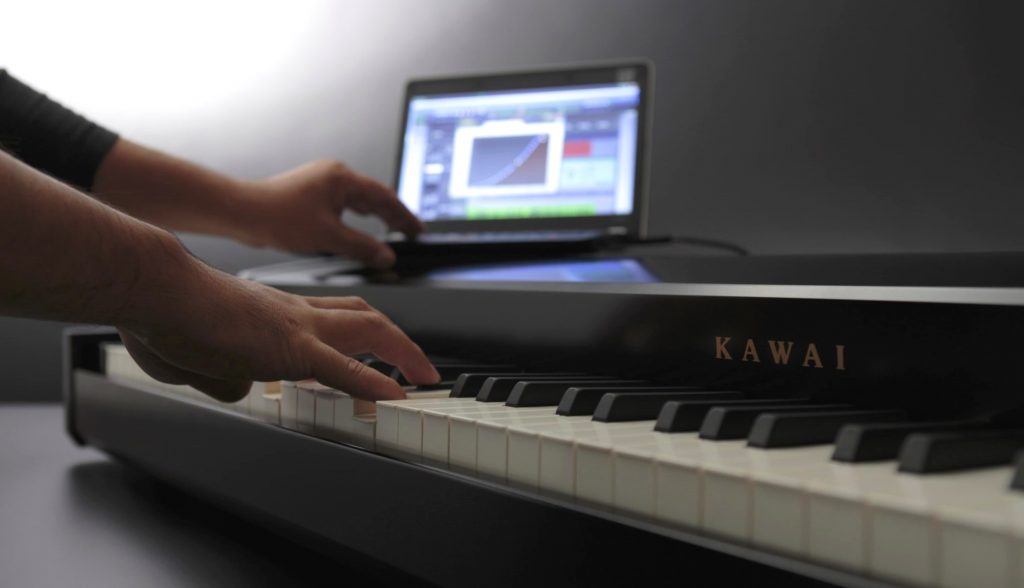 It is crucial that the best digital stage piano for advanced pianists delivers excellent sound quality. The venue where you perform isn’t important if your device can accommodate to any environment with its rich sound range.
It is crucial that the best digital stage piano for advanced pianists delivers excellent sound quality. The venue where you perform isn’t important if your device can accommodate to any environment with its rich sound range.
We will discuss other features that can contribute to your playing experience and comfort, such as the specifics of the keyboard, additional effects, and instrument voices available. Finally, we will talk about size and weight, and mention how design can affect the performance of a digital piano.
Number of polyphony notes
What is the primary task of any instrument? It should impress the listeners with sound. When it comes to digital pianos that is directly related to the number of polyphony notes available.
Your instrument should have at least a 100-note polyphony. The standard is from 120 – 200, but you will often find units with a higher range. For example, Roland FP-90 offers 384-note polyphony, which is one of the richest sounds you will encounter in a digital piano.
Ultimately, the more, the better rule applies here, but as long as you stick to the mentioned 100-note minimum, you should get sound of adequate quality for most performances.
Keyboard
The standard number of keys for a digital piano is 88, and most manufacturers go with the familiar layout. However, key design and performance can vary significantly. You should always look for companies that ensure to provide weighted keys. Thanks to that, you will be one step closer to experiencing the feeling of playing an acoustic piano.
You don’t want the feeling while you are playing to be fake, but you want to imagine that you are playing a truly authentic instrument. That is why it is vital to the keyboard to have different sensitivity options.
That is how you ensure a realistic feeling, and it is the reason why the Casio Privia PX-860 is one of the user’s favorite. Digital pianos like that one feature real hammer action, which makes you think you are playing an actual acoustic instrument.
Design
The next in line of factors you should consider when choosing the best digital stage piano for advanced pianists is the instrument’s design. As the owner of the piano, you need to like how it looks. However, the design can affect performance.
For example, the positioning of the controls can affect how well you can play the instrument. It is vital that you can use all functions effortlessly.
You should check the position of the display. If the piano has an LED display, you should be able to see it without tilting your head or body. Some units, such as Nord Stage 3 88 will even offer two displays for extra clarity during the performance.
Weight
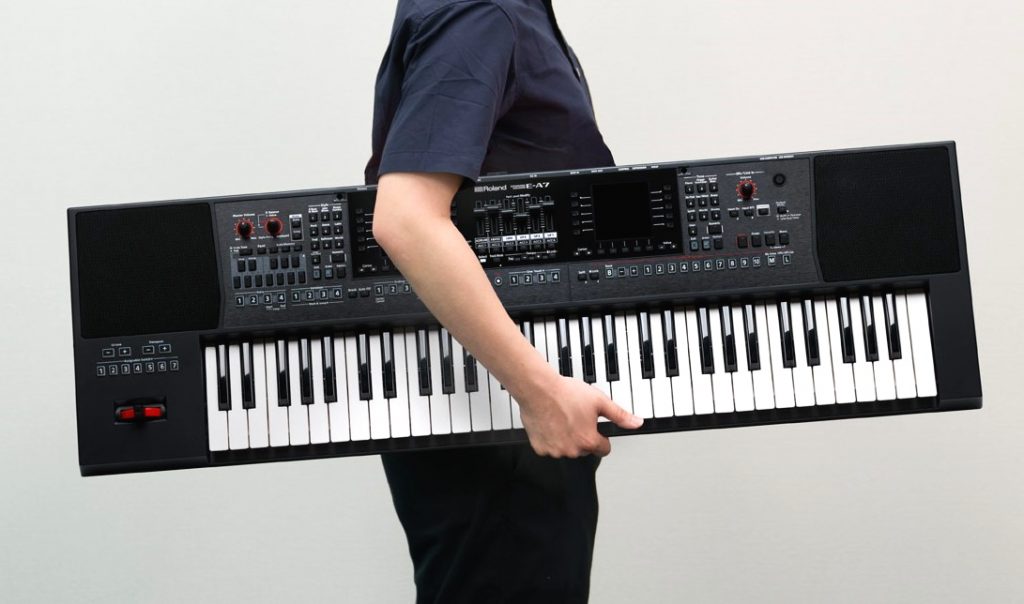 The weight is an important factor if you plan to move your piano around frequently. If you are looking for the best portable digital piano for advanced pianists, Kawai ES100 is the lightest unit out there.
The weight is an important factor if you plan to move your piano around frequently. If you are looking for the best portable digital piano for advanced pianists, Kawai ES100 is the lightest unit out there.
On the other hand, additional weight may contribute to extra stability. In most cases, you will receive a specialized stand and even a suitable bench. While that makes the instrument less portable, it increases durability.
Dimensions
Apart from weight, size is another factor that affects portability. It seems logical – the bigger the piano is, the harder is to move it around. For example, if you need to put the instrument in the trunk of your car, make sure that it fits there first.
Please note that you can calculate the dimensions with or without a stand. Some units come with a stand by default, which is why the height of the piano varies significantly.
Quality of the sound
We already discussed that polyphony number affects sound quality, but the sound engines essential to think about, too. The role of these engines is to produce the sound, recognize the intensity of pressing the keys, and deliver adequate recording.
If your keyboard is cheap, you may hear the same note regardless of how hard you press the key. At best, you may hear it at different volumes. But sound engines take this to the next level and enhance the dynamic range of the sound. Korg Grandstage 88, for example, features seven sound engines to ensure the sound it delivers is of the highest quality. It is worth noting that the speakers also play a role in the quality of the sound delivered.
Effects
The digital pianos can create different sounds, and the variety of effects can improve them even more. Let’s take a look at the two most common effects these pianos offer:
- Reverb – the task of this effect is to give the sound the sense of space and depth. It should replicate the sound bouncing off the walls and other surfaces.
- Delay – it allows repeating the same signal multiple times.
These effects can be convenient if you like to experiment while playing your instrument. They give the user more options, and you may consider that a welcome feature, especially if you are an advanced pianist.
Number of instrument voices
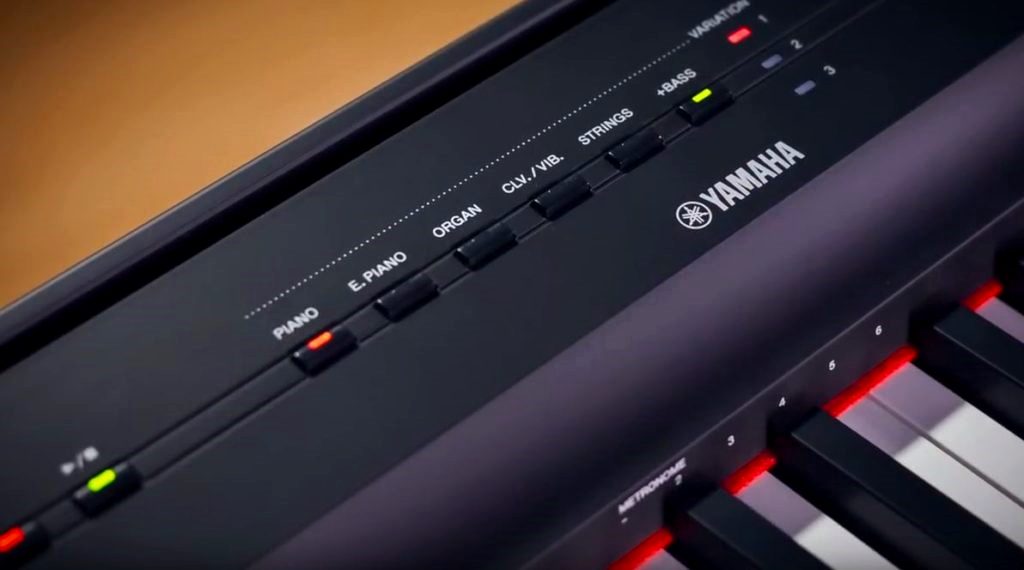 A digital piano has the advantage of playing the voices of multiple instruments. Although advanced pianists usually focus on pianos, it can’t hurt to have other instrument sounds available. That is why the manufacturers implement 20 or more different voices within a single device. In most cases, you can choose between several pianos, organs, choirs, etc. Thanks to this, you can create a real concert-like atmosphere, which can be vital for professional performers.
A digital piano has the advantage of playing the voices of multiple instruments. Although advanced pianists usually focus on pianos, it can’t hurt to have other instrument sounds available. That is why the manufacturers implement 20 or more different voices within a single device. In most cases, you can choose between several pianos, organs, choirs, etc. Thanks to this, you can create a real concert-like atmosphere, which can be vital for professional performers.
You can look for a dual voice feature, which allows you to play two instrument voices at the same time. The Yamaha Arius YDP-181 is among the digital pianos equipped with that function.
Memory
Memory is another feature that modern digital pianos might have. It enables the device to store songs, as well as keyboard setups and segments you played. You can play the recording and listen to your performance. That allows you to play an entire section with a simple push of a button.
Some digital pianos have pre-loaded songs and even philharmonic orchestra performances. For example, you can feel like you are a part of a large instrumental ensemble if you choose one of the songs included in the Casio Privia PX-860 piano.
Kits
A kit contains additional accessories that can improve your playing experience. These may be:
- Stands – some manufacturers offer stands that are specifically designed for their units. That is the best way of ensuring optimal stability while you are playing.
- Pedals – pedals are very useful for dampening the sound to your preference, and give you more control over the device.
- Other items – you can look for items like a chair or a bench for you to sit on while playing, and some manufacturers might include headphones or MIDI connectors.
Prices
If you are an advanced pianist, then the chances are that you are aware a high-quality digital piano doesn’t come cheap. The good news is that you can find affordable instruments with decent performance, such as Yamaha DGX650B or Korg SP-280. You can get these and other similar pianos for $800-$1,000.
However, the average cost of a digital piano for advanced classical pianists is anywhere from $1,000 – $2,000. You have a wide range of models available in this price range, and one of your picks could be Yamaha Arius YDP-181.
Some options have prices over $2,000, which means you can expect high-quality units packed with different useful features. In that case, take a look at the Roland FP-90. You will get a piano that resembles an acoustic instrument as close as that is possible. The price of premium digital pianos can even go over $4,000, and these units can be a real long-term investment for professional performers.
Ultimately, please note that you need to combine the price and the features you expect from your instrument. The idea is to find the best balance between quality and price, which is not an easy task, but we hope our guide can help you.






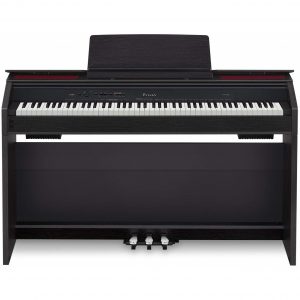
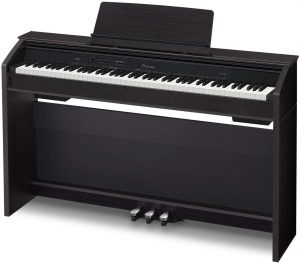
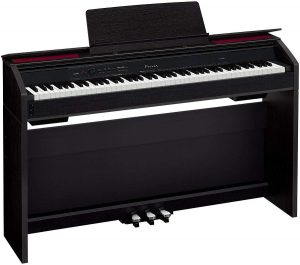
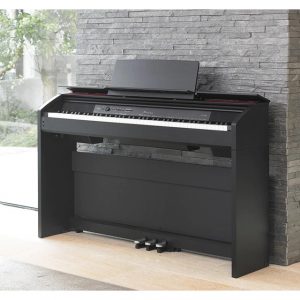
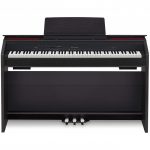
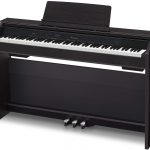
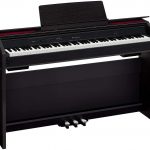
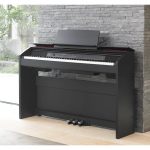
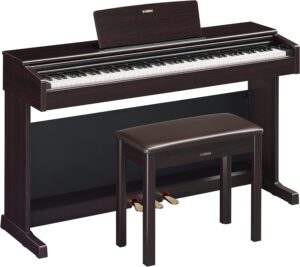
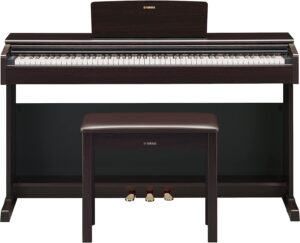
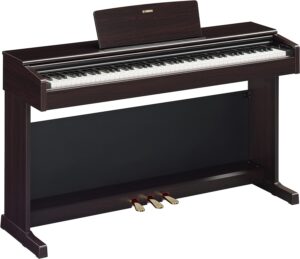
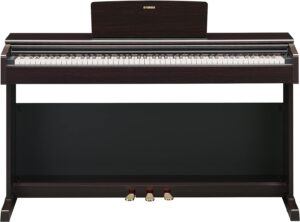
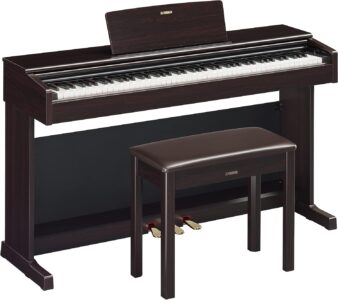
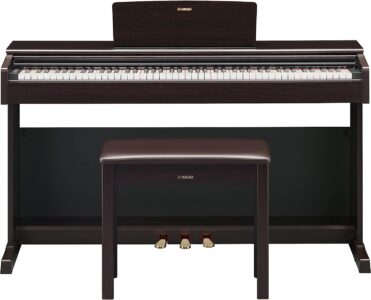
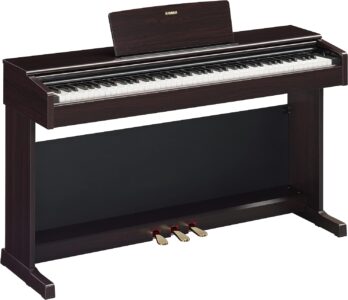
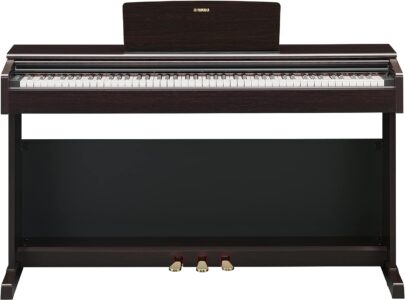
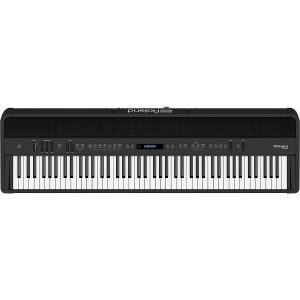
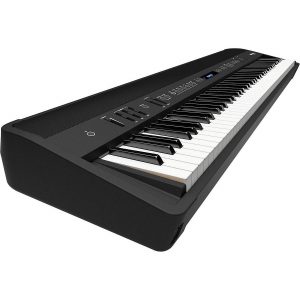
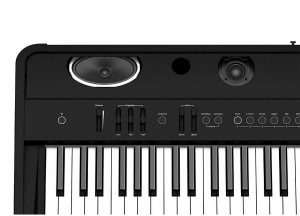
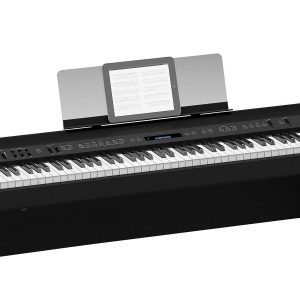
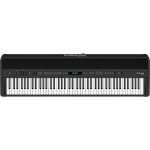
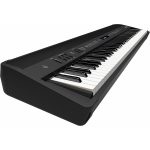
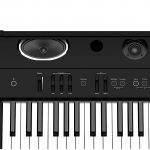
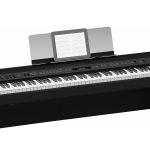
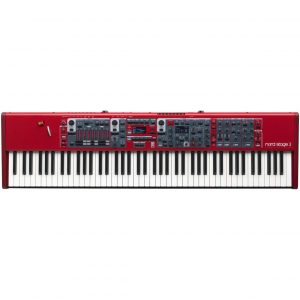
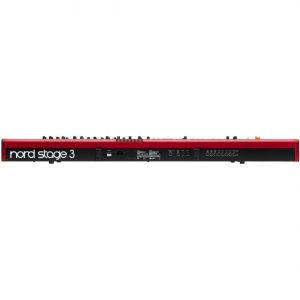
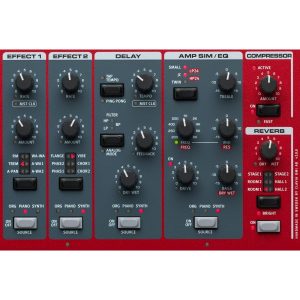
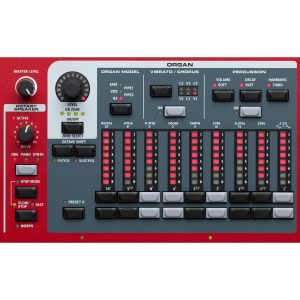
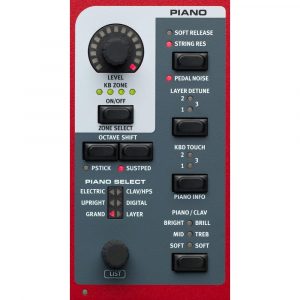
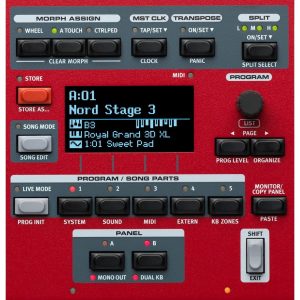
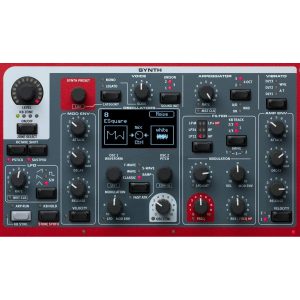
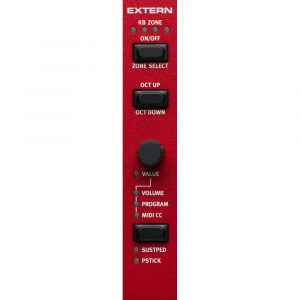
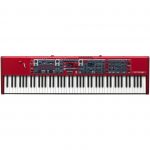
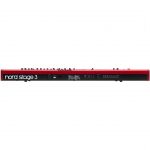
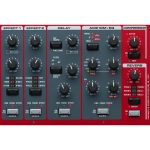
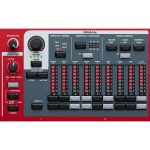
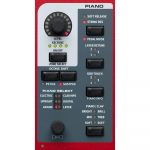
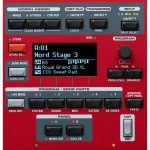
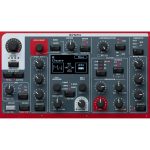
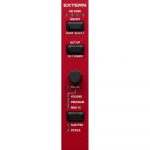
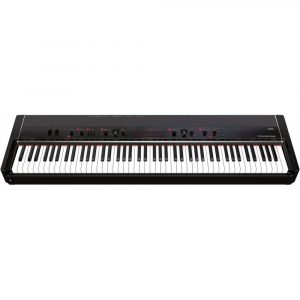
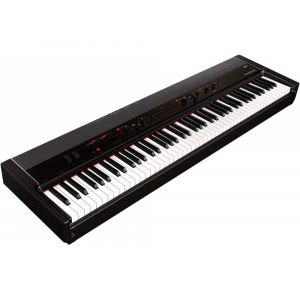
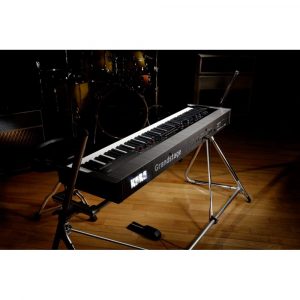
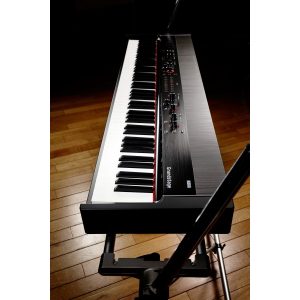
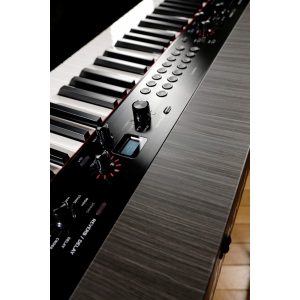
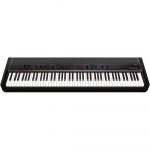
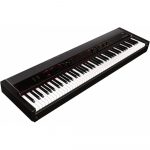
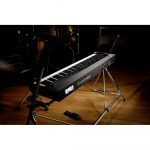
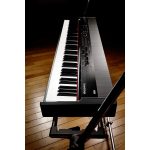
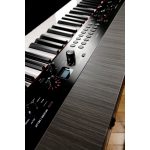
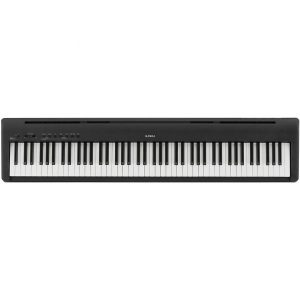
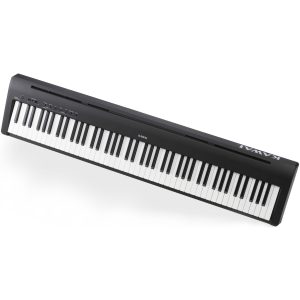
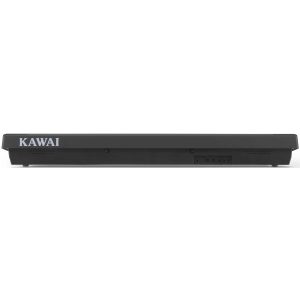
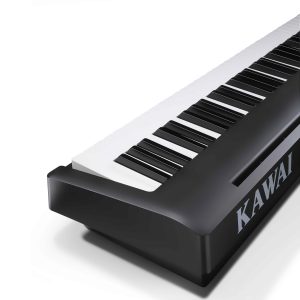
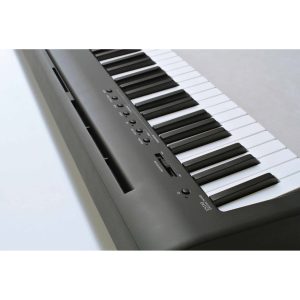
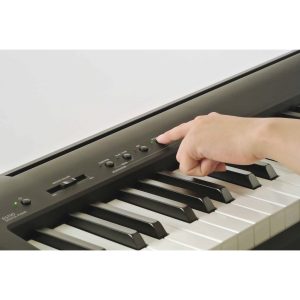
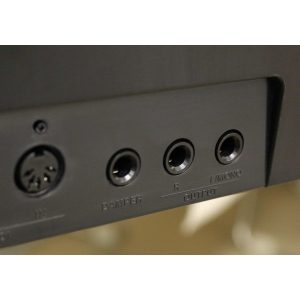
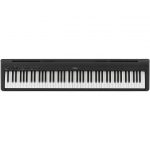
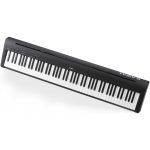
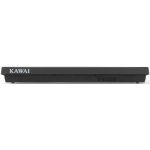
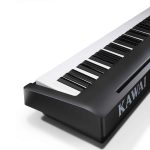
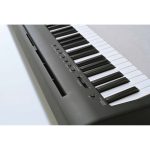
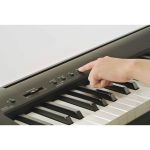
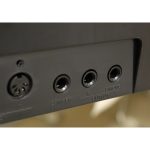
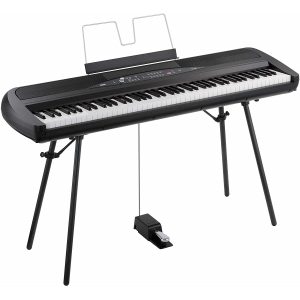
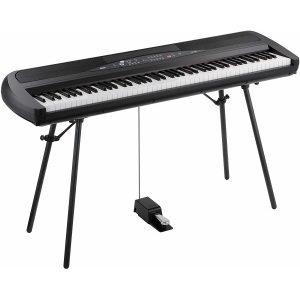
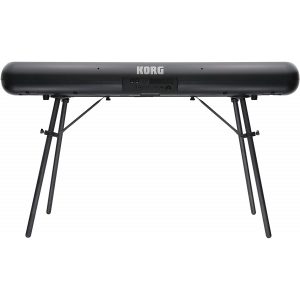
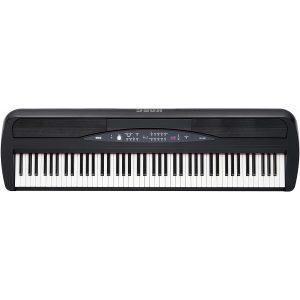
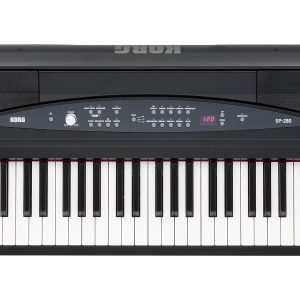
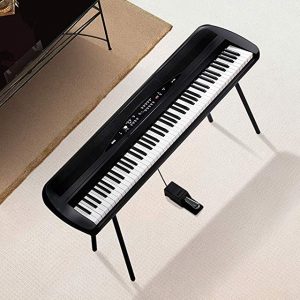
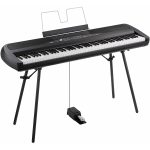
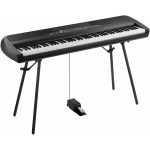
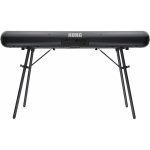
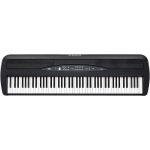
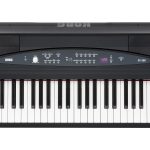
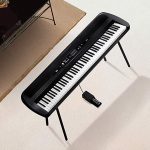
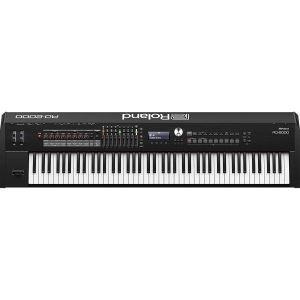
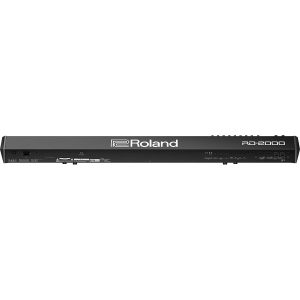
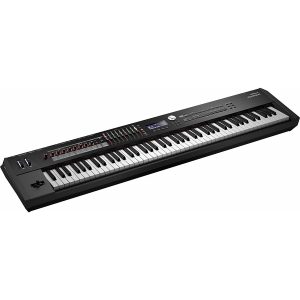
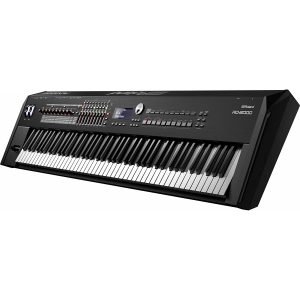
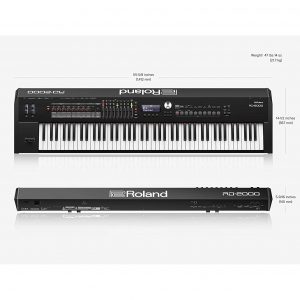
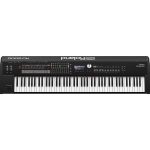
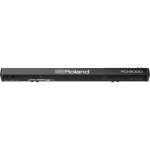

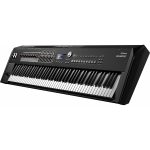
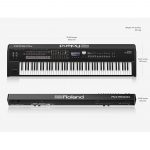
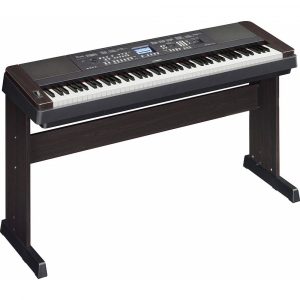
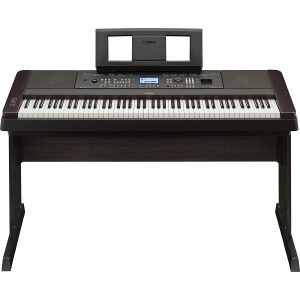
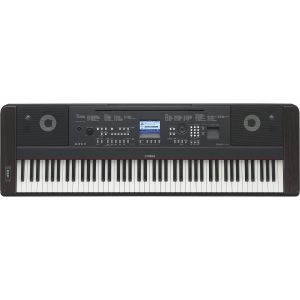
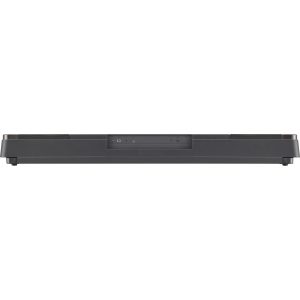
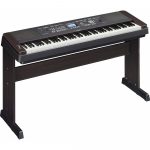
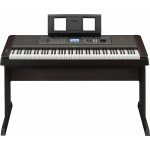
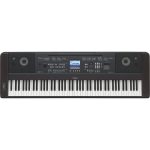
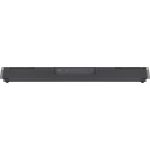
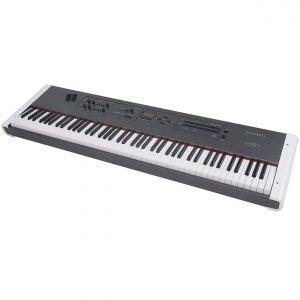
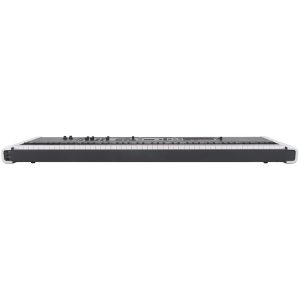
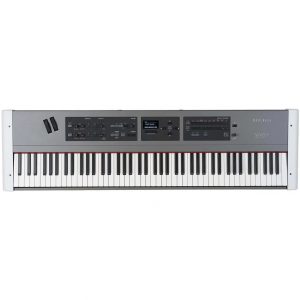
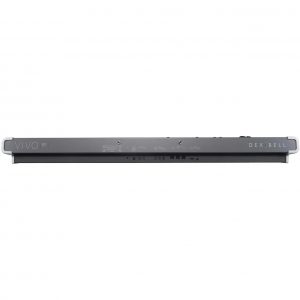

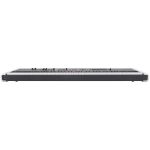
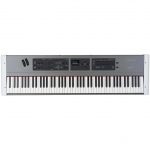
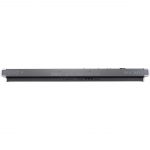
 It is crucial that the best digital stage piano for advanced pianists delivers excellent sound quality. The venue where you perform isn’t important if your device can accommodate to any environment with its rich sound range.
It is crucial that the best digital stage piano for advanced pianists delivers excellent sound quality. The venue where you perform isn’t important if your device can accommodate to any environment with its rich sound range. The weight is an important factor if you plan to move your piano around frequently. If you are looking for the best portable digital piano for advanced pianists,
The weight is an important factor if you plan to move your piano around frequently. If you are looking for the best portable digital piano for advanced pianists,  A digital piano has the advantage of playing the voices of multiple instruments. Although advanced pianists usually focus on pianos, it can’t hurt to have other instrument sounds available. That is why the manufacturers implement 20 or more different voices within a single device. In most cases, you can choose between several pianos, organs, choirs, etc. Thanks to this, you can create a real concert-like atmosphere, which can be vital for professional performers.
A digital piano has the advantage of playing the voices of multiple instruments. Although advanced pianists usually focus on pianos, it can’t hurt to have other instrument sounds available. That is why the manufacturers implement 20 or more different voices within a single device. In most cases, you can choose between several pianos, organs, choirs, etc. Thanks to this, you can create a real concert-like atmosphere, which can be vital for professional performers.




